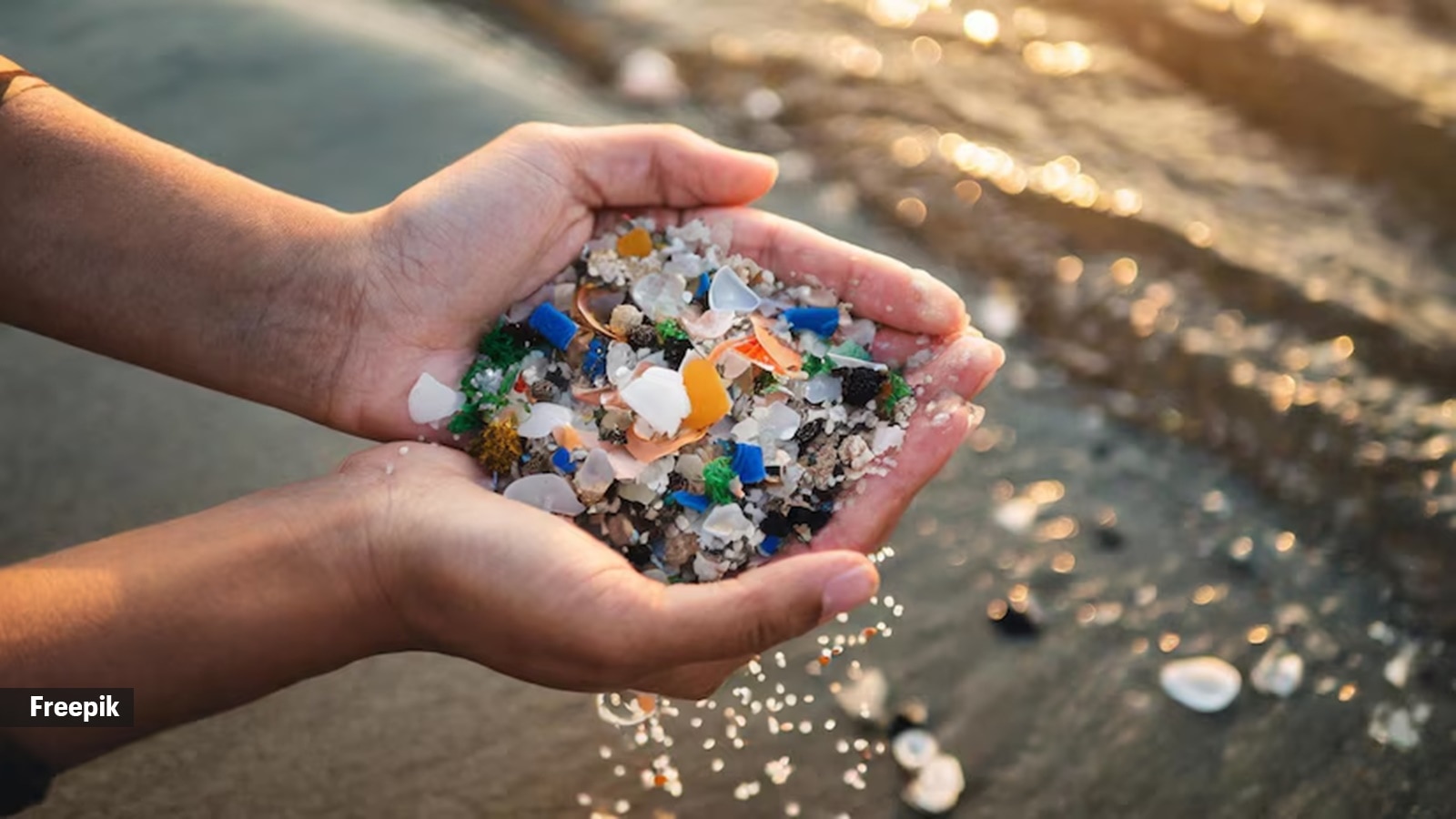A recent study from Rutgers University has raised significant concerns about the transmission of microplastics from pregnant mothers to their unborn offspring.
Published in the journal Science of The Total Environment, the study reveals that pregnant mice exposed to inhaled polyamide-12 (PA-12) microplastics passed these particles on to their offspring. Researchers detected microplastics in newborn mice’s lungs, heart, liver, kidneys, and brain, suggesting the particles may be transferred not just after birth but during critical developmental stages in the womb.
Microplastics in newborns: A growing concern
Microplastics—tiny particles less than 5 millimetres in size—are now being found in human bodies, including those of newborns. According to Dr Abhishek Chopra, Consultant Neonatologist and Paediatrician at Cloudnine Group of Hospitals, this early exposure is particularly worrisome. During pregnancy, microplastics may cross the placental barrier, exposing fetuses to plastic pollution before birth. This exposure could stem from inhalation or ingestion by the mother, or even from medical equipment used during pregnancy or delivery.
Microplastics are pervasive in the environment, infiltrating the air we breathe, the water we drink, and the food we consume. Once inhaled or ingested, these particles can enter the body through the respiratory and gastrointestinal tracts, Dr Chopra said. Research suggests they may cross cell membranes and enter the bloodstream, allowing them to reach critical organs like the brain, liver, kidneys, and placenta. In developing children, microplastics may accumulate over time, posing risks to organ function and tissue development, he added.
 Microplastics are generally accepted as plastic particles 5mm or less in one dimension. (Source: Freepik)
Microplastics are generally accepted as plastic particles 5mm or less in one dimension. (Source: Freepik)
Health risks of long-term microplastic exposure
While much remains to be understood about the long-term effects of microplastics in humans, Dr Chopra said, several potential health risks have been identified:
- Inflammation and Immune System Disruption: Microplastics can cause chronic inflammation and oxidative stress, weakening the immune system and increasing vulnerability to infections and diseases.
- Hormonal Disruption: Many microplastics contain chemicals like phthalates and bisphenol A (BPA), known endocrine disruptors. These substances can interfere with hormones, potentially affecting growth, metabolism, reproductive health, and cognitive development in children.
- Organ Toxicity: Accumulation of microplastics in organs may disrupt their function. Studies on animals have shown liver and kidney damage from prolonged microplastic exposure, raising concerns about similar effects in humans.
- Increased Cancer Risk: Long-term exposure to microplastics and their associated chemicals could increase the risk of cancer, though more research is needed to confirm this risk in humans.
To reduce microplastic exposure, use high-quality water filters, opt for fresh, unpackaged food, and switch to non-plastic containers like glass or stainless steel. Additionally, choose natural fabrics over synthetic ones and minimize the use of single-use plastics and products with microbeads.
DISCLAIMER: This article is based on information from the public domain and/or the experts we spoke to. Always consult your health practitioner before starting any routine.



